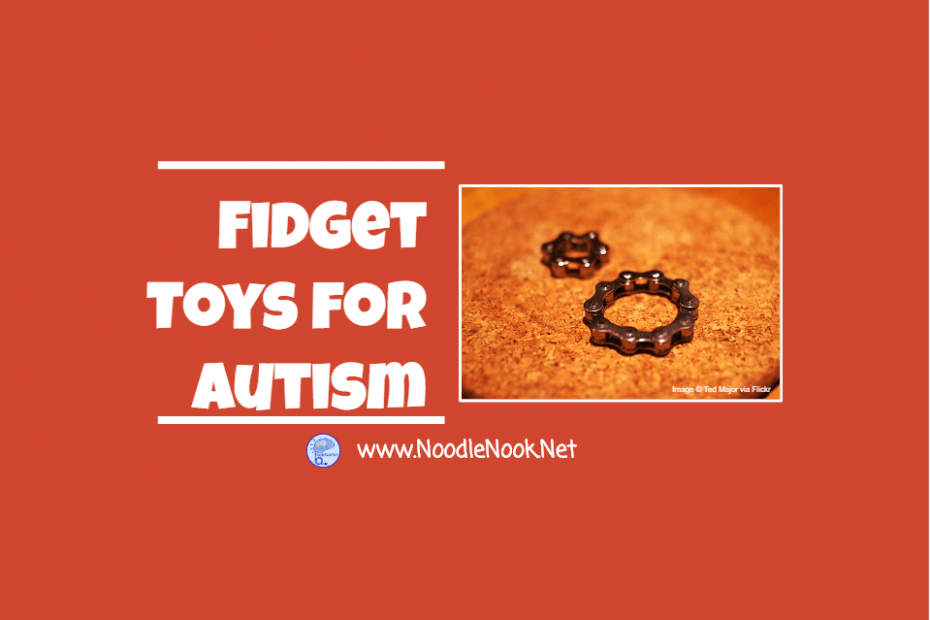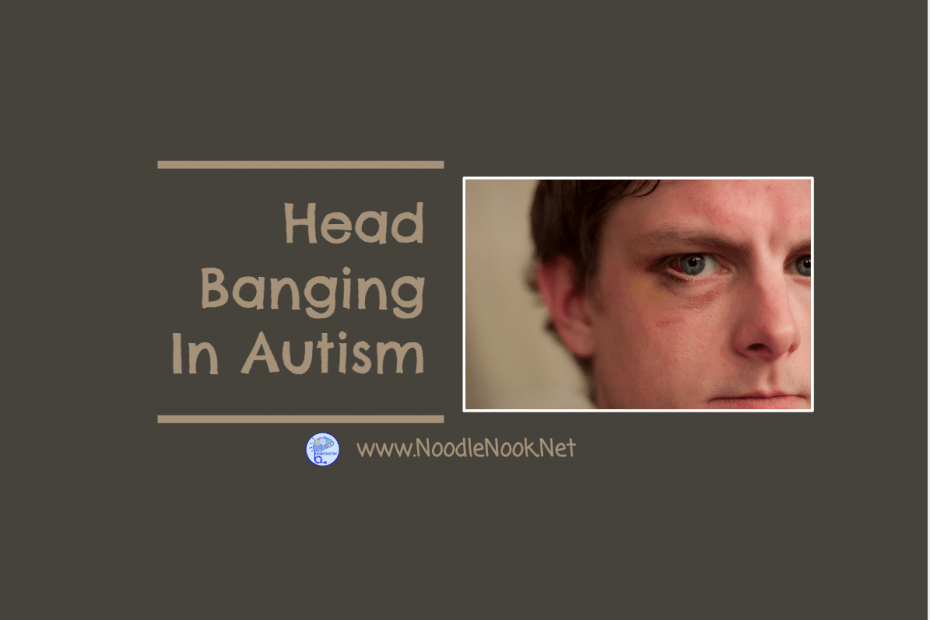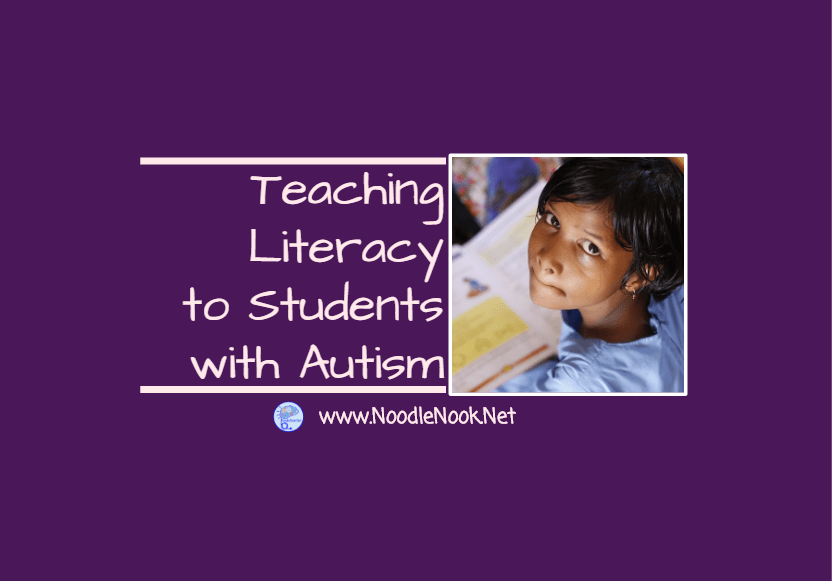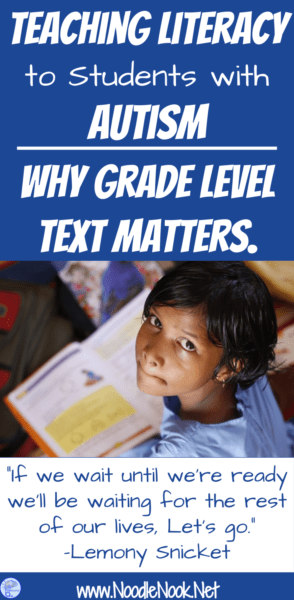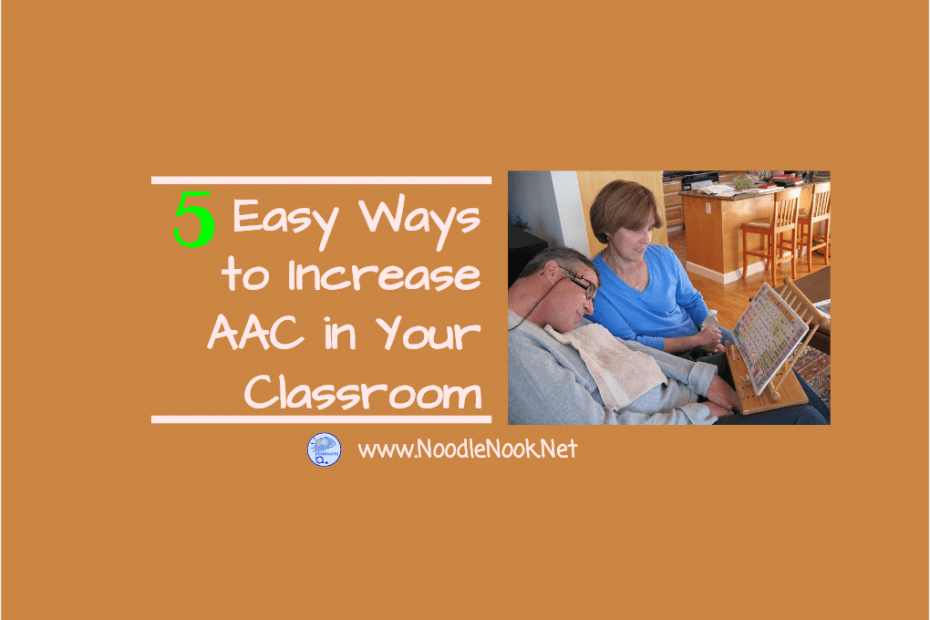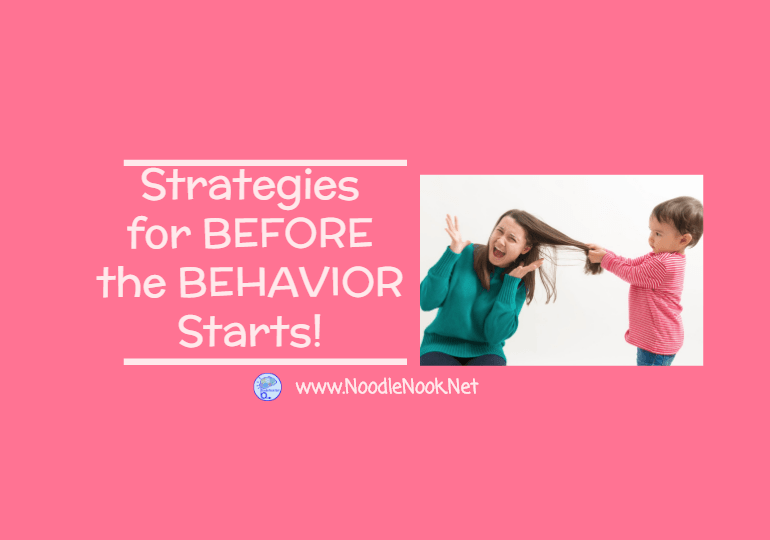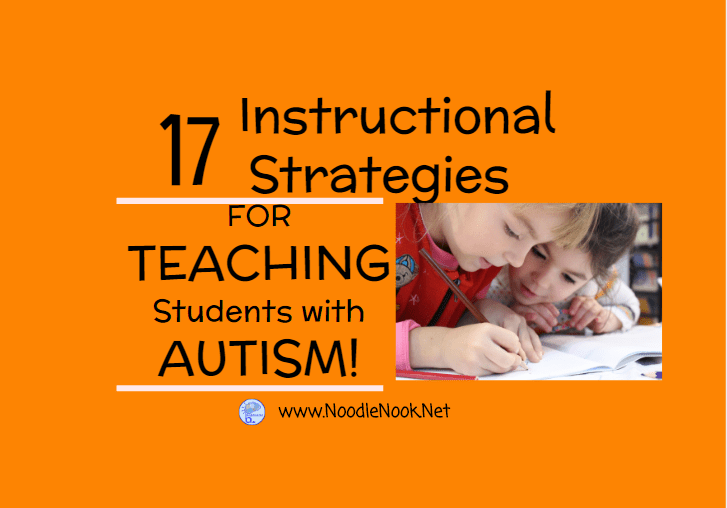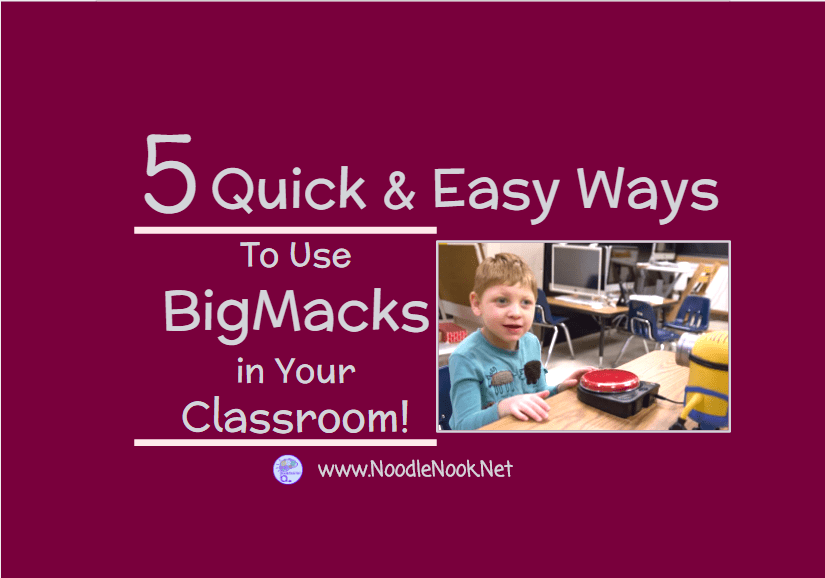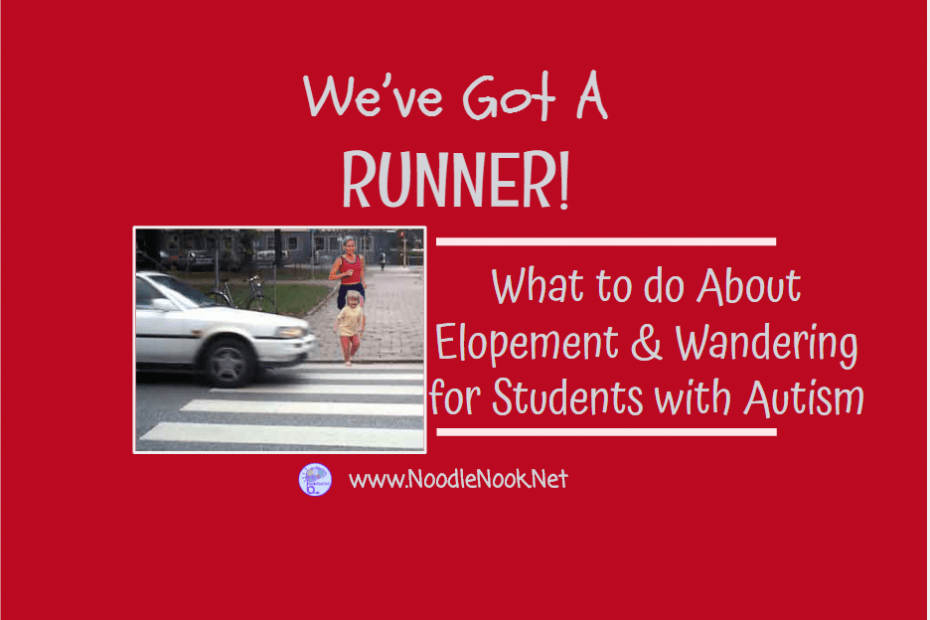Where to Start With Core Vocabulary
You may have read a previous post all about where to start with core vocabulary and communication boards for students who are nonverbal or minimally verbal. I have gotten a some great messages about AAC and core vocabulary success, but also questions on what to do next. Well, I’ve got a great roadmap for you!
Where to Start with Core Vocabulary
If you have not read the post on AAC and Abuse in kids who are nonverbal or minimally verbal, please pop over and do so. There you will find a FREE communication board you can place near the door in your classroom to teach the word “GO”. Recently I was talking to a teacher who had great success using that FREEBIE board. He found his student was able to learn the word and effectively use the board to communicate places to go within one school week.
That’s amazing!
More importantly it shows that with consistent use, communication boards can be successful for students. His question, of course, was what to do next?
To answer that question and give everyone some guidance, below you will find a road map to introducing core vocabulary.Read More »Where to Start With Core Vocabulary


